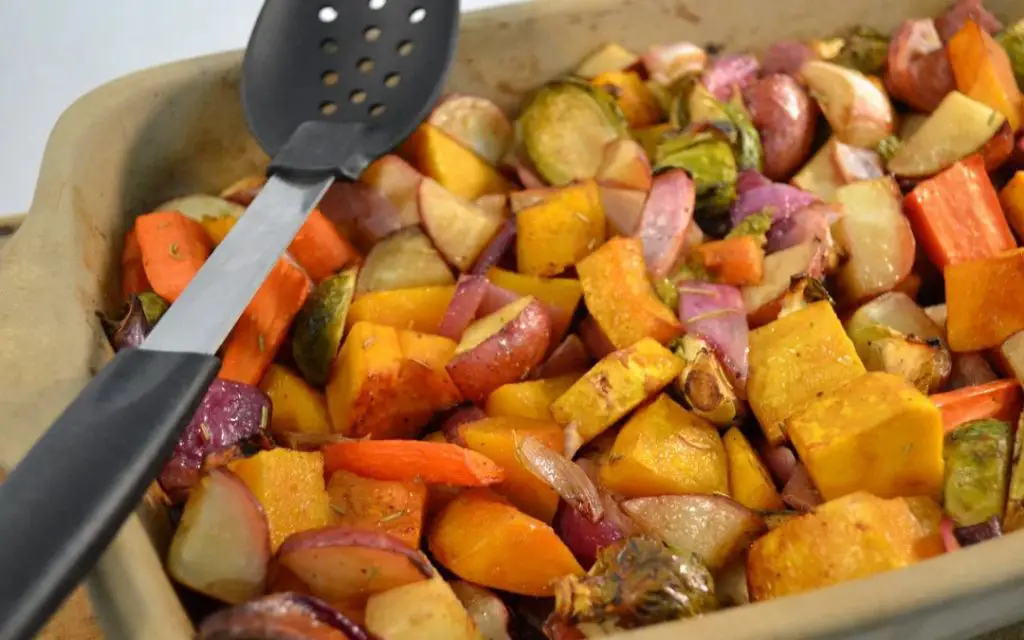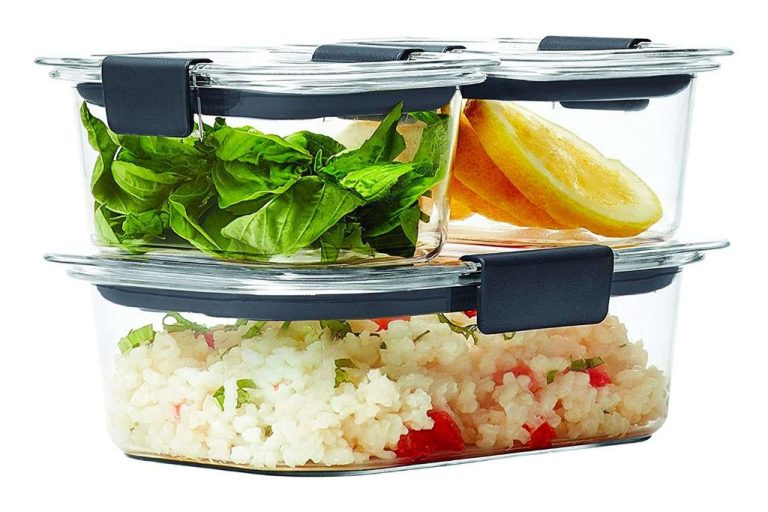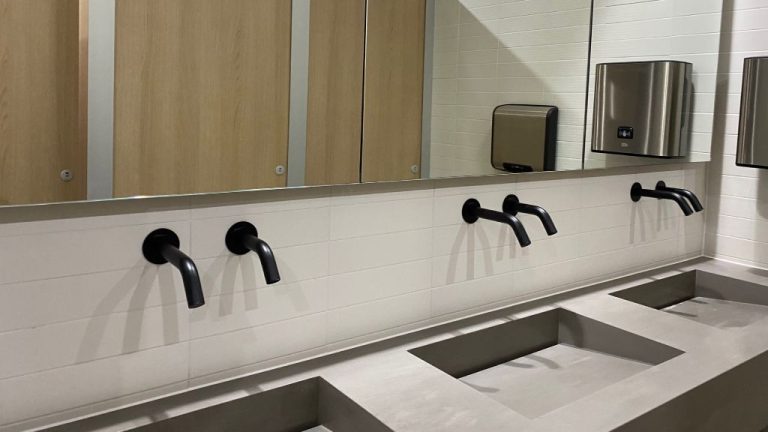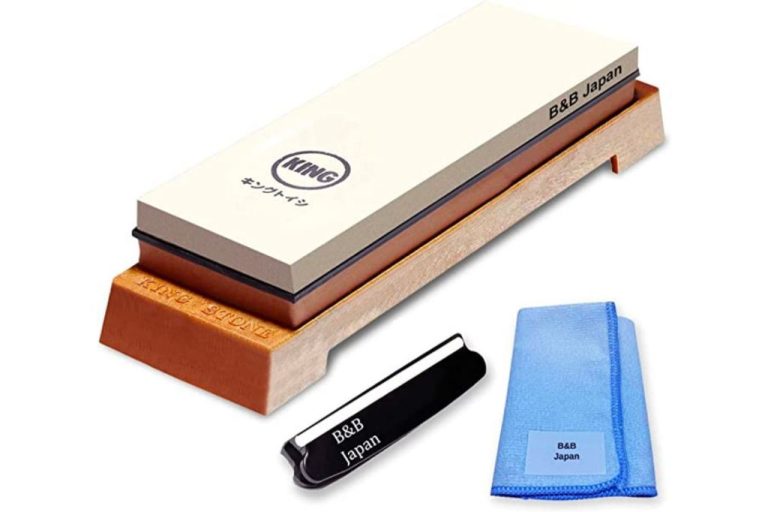What Kind Of Plates Are Oven Safe?
Oven safe plates are tableware designed specifically for use in the oven for tasks like baking, broiling, and keeping food warm. These plates are made from materials that can withstand high oven temperatures without cracking, melting, or releasing dangerous chemicals. Understanding what makes plates oven safe and how to use them properly is important for safe and successful cooking in the oven.
In this comprehensive guide, we will define oven safe plates, explain how to identify them, provide tips for use and care, discuss their advantages and disadvantages compared to other dinnerware, and give recommendations to help you determine if oven safe plates are right for your kitchen.
By the end, you will have a complete understanding of oven safe plates so you can decide if they should be part of your cabinetry and cooking.
Types of Plates Safe for Oven Use
There are several types of plates that are oven safe and can withstand high temperatures without cracking or warping. Some of the most common oven safe plate materials include:
Stoneware – Stoneware is a type of ceramic made from natural clay that has been fired at high temperatures. It is durable, non-porous, and can resist heat up to 2,100°F, making it safe for baking and broiling foods in the oven. Stoneware comes in various colors and glazes. Amazon
Porcelain – Porcelain plates are made by firing a mixture of clays, feldspar and quartz at high temperatures. This makes them chip-resistant and able to withstand oven temperatures up to 1,400°F. Porcelain is smooth, non-porous and commonly white or off-white in color.
Ceramic – Ceramic oven-safe plates are also made from natural clays and have a high baking temperature threshold around 1,400°F. They come glazed or unglazed in a variety of patterns and colors. Look for plates marked as ceramic oven bakeware.
Glass – Tempered glass plates and bakeware are treated with heat to withstand the high temperatures of an oven without cracking. They are safe for oven use up to 500°F. Glass conducts heat well and allows for even baking.
Identifying Oven Safe Plates
To determine if a plate is oven safe, you should start by looking at any markings or labels on the bottom or back of the plate. Many manufacturers will indicate whether plates are oven safe somewhere on the piece. Common phrases to look for include “oven safe,” “oven proof,” “heat resistant,” or “microwave/oven safe.” The optimal oven temperature may also be listed. For example, a label may read “Oven Safe to 500°F.”
If there are no clear oven-safe markings, you may need to do a heat test on the plate. Place the empty plate in a cold oven and then turn the oven to 350°F. Let the plate heat up for 15 minutes. Then, using heavily insulated oven mitts, remove the plate and feel how hot it is. A plate that retains heat without cracking or warping is likely oven safe. However, exercise caution and watch for any signs of damage (1).
Common oven safe plate materials include porcelain, ceramic, glass, cast iron, and stoneware. However, the markings are the best way to confirm oven safety. Avoid putting plastic, wood, or paper plates in the oven as they can melt or ignite (2).
Maximum Oven Temperatures
The maximum oven temperature that plates can withstand varies based on the material. Most oven safe plates have a maximum temperature range between 300-500°F. According to this source, most ceramic plates are oven safe up to approximately 400°F. Porcelain plates, which are a type of ceramic, can generally withstand slightly higher oven temperatures up to 500°F according to this oven safety guide. It’s important to check the manufacturer’s instructions for your specific plates to determine the maximum recommended oven temperature.
Exceeding the maximum oven safe temperature can cause plates to crack or shatter. As a general rule of thumb, it’s best to keep oven temperatures under 500°F when using oven safe dinnerware. Verify that your plates are oven safe and always start with lower oven temperatures if you are unsure of the material limits.
Using Oven Safe Plates
When using oven safe plates in the oven, the most common options are placing them directly on the oven racks or putting them in an oven-safe pan or dish.
Placing the plates directly on the oven racks allows the heat to circulate around the plates evenly for more consistent heating. This works well for plates you are using just for warming purposes or for baking small items like cookies or hors d’oeuvres. Be sure to leave some space between plates when arranging them directly on the racks so air can flow.
For items like casseroles, gratins, or dishes with sauces, it’s best to place the oven safe plates in a oven-proof pan or baking dish. This contains any spills or bubbly sauces. Glass, ceramic or metal baking pans all work well. Place the baking dish with the plate on the center rack position for optimal heat circulation.
Check the manufacturer’s instructions for any temperature limits when using oven safe plates directly on the racks versus in a baking pan. Generally, placing them in a pan provides an extra layer of protection from thermal shock if taking a dish straight from the oven to the table.
Make sure to use potholders when removing plates after cooking in the oven, as they will be extremely hot. Allow plates to cool before submerging in water when cleaning to prevent cracking. With proper care, oven safe plates provide a versatile, durable option for a variety of baking and cooking methods.
Cleaning Oven Safe Plates
When cleaning oven safe plates, it’s important to avoid thermal shock and abrasives. Thermal shock occurs when a hot dish is placed into cold water, causing it to rapidly contract and potentially crack or shatter. To prevent this, allow plates to fully cool before washing. Avoid submerging hot plates in cold water.[1]
For cleaning, avoid using abrasive scouring pads or powders which can scratch the surface over time. A soft sponge, cloth, or brush is best for gently removing any baked-on foods. Warm, soapy water often works well. For stubborn spots, make a paste of baking soda and water and apply to the area before scrubbing.[2] Rinse thoroughly afterwards.
For a deeper clean, fill the sink with warm water and add 1⁄4 cup baking soda. Let the plates soak for 15-30 minutes, then wipe clean. The baking soda helps naturally break down grease and burnt-on food. Occasionally clean plates with undiluted white vinegar to remove hard water spots and stains. Rinse very thoroughly after using vinegar.[3] With proper care, oven-safe plates can last for years.
Storing Oven Safe Plates
Proper storage is important for maintaining the integrity and longevity of oven safe plates. Exposure to extreme temperatures or moisture when storing can damage plates over time.
Avoid storing oven safe plates in areas with high humidity like bathrooms or basements. The moisture in the air can seep into the material and cause warping or cracking. Plates should be stored in a dry area like a cupboard or closed cabinet (BHG).
Extreme heat can also be problematic for stored plates. Do not keep plates in an oven when not in use, even if the oven is off. Residual heat inside can still transfer to the plates and potentially cause damage (Taste of Home). Store plates separately from the oven.
Ideally, plates should be kept at room temperature away from moisture and heat extremes. Proper storage helps maintain their appearance and function over many uses.
Advantages of Oven Safe Plates
One of the biggest advantages of oven safe plates is their ability to withstand high heat. Oven safe plates are designed to be durable at temperatures up to 500°F or higher (Source). This makes them ideal for baking, broiling, and other high-heat cooking methods where regular plates may crack or warp. It also allows food to be moved seamlessly from stovetop to oven using the same plate.
The high heat resistance also makes oven safe plates extremely versatile in the kitchen. They can be used for baking cookies, roasting vegetables, broiling fish, reheating leftovers, and more. Their versatility means fewer dishes to wash as the same plates can go from stovetop, to oven, to table. Oven safe plates open up possibilities for one-pan meals and simplified cooking techniques. Their flexibility makes them a useful staple to have on hand in any kitchen (Source).

Disadvantages of Oven Safe Plates
While oven safe plates have many advantages, there are some potential downsides to consider as well. One disadvantage is that some oven safe plate materials like stoneware or cast iron can be quite heavy, especially compared to lightweight plastic or paper plates. The extra weight makes them more difficult to maneuver while cooking and serving food. Heavier plates are also prone to breaking if dropped.
According to one source, “Stoneware and cast iron dinnerware is durable, but more prone to chipping or cracking if dropped due to its heavy weight” (The Pros and Cons of Different Types of Oven Safe Dinnerware Materials). So extra care should be taken when handling these types of oven safe dishes.
In addition, some materials like ceramic may require extra caution when taking directly from a hot oven to avoid cracking from sudden temperature changes. Allowing oven safe plates to cool slightly before serving hot food may help prevent breakage issues.
Conclusion
In summary, the safest plates for oven use are made from materials like glass, ceramic, stoneware, cast iron, and porcelain. Look for plates specifically marketed as oven-safe or check for oven-safe symbols like a circle or square. Most standard plates are not designed for oven temperatures above 250°F. Glass bakeware like Pyrex can handle oven temperatures up to 500°F. When choosing oven-safe plates, check the manufacturer’s instructions for safe use and care. Heat plates gradually and allow to cool before washing to prevent cracking or shattering. With proper selection and care, oven-safe plates provide versatility for baking, broiling, reheating, and more.
Use oven-safe plates to expand your cooking options safely. Considering material, maximum oven temperature, intended oven use, and following the manufacturer’s instructions will ensure you choose plates that can withstand the heat. Handle hot plates carefully and allow them to cool properly before washing. With the right oven-safe plates, you can conveniently bake, broil, and reheat foods with reliable, durable dinnerware.




